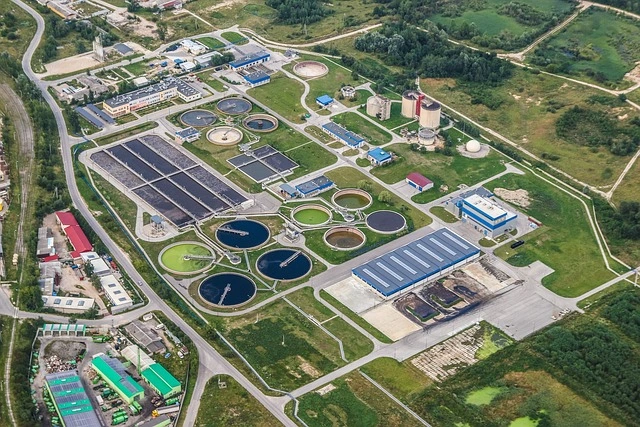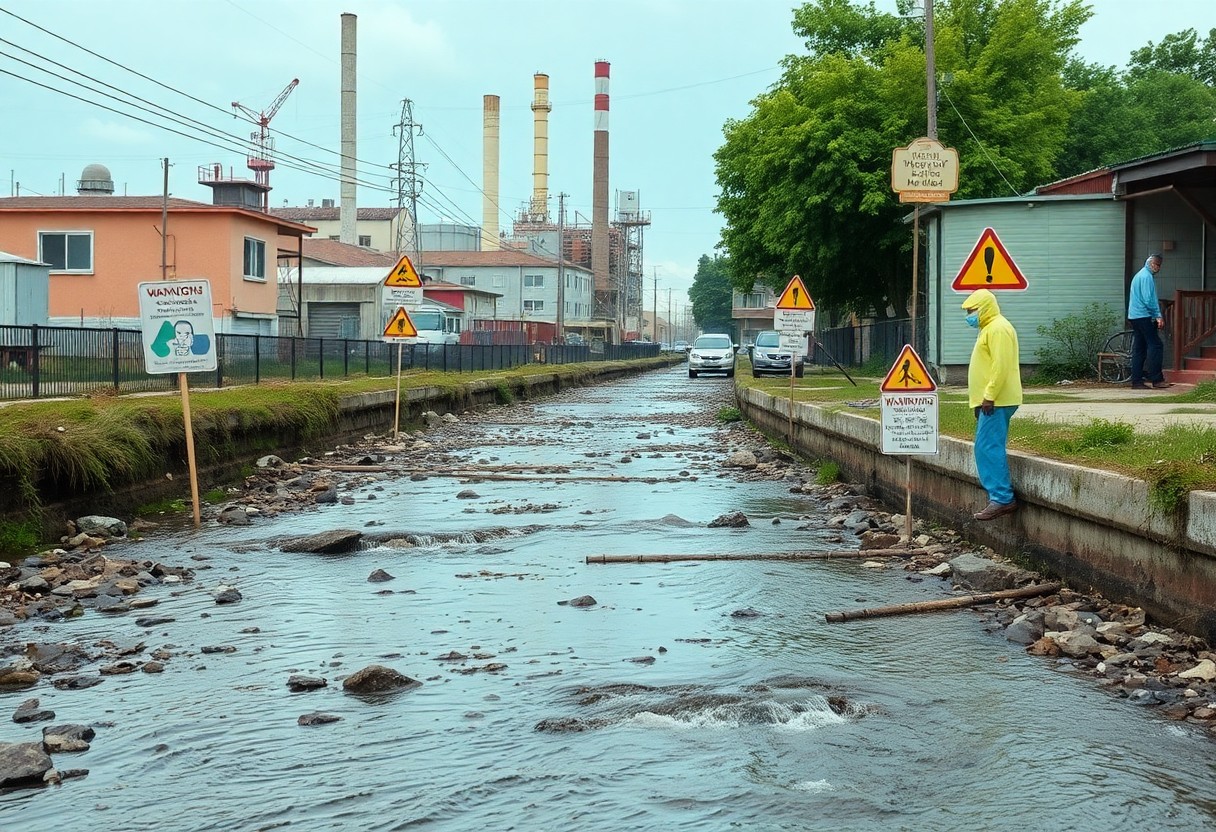PFAS, also known as “forever chemicals,” are harmful substances. They can be found in many everyday products. These chemicals do not break down easily and can stick around for a long time. This raises serious concerns, especially for children in schools. In this article, we will explore PFAS exposure in schools, the risks it poses, and the steps we can take to protect our children’s future.
What Are PFAS?
PFAS stands for per- and polyfluoroalkyl substances. They are a group of human-made chemicals. These substances have been used since the 1940s. You might find them in:
- Non-stick cookware
- Water-resistant clothing
- Stain-resistant carpets
- Food packaging
PFAS can enter our bodies through food, water, and even air. They are commonly detected in household dust.
Why Are PFAS a Problem?
The health risks of PFAS are significant. These chemicals can lead to various health issues, especially in children. Some health problems linked to PFAS exposure include:
- Increased cancer risk
- Hormonal disruption
- Low immune response
- Developmental issues
Research from the Environmental Working Group (EWG) shows that 98% of Americans have PFAS in their blood. This includes children who spend hours in school every day.
The Link Between PFAS and Schools
Schools can be hotspots for PFAS exposure. The chemicals may come from:
- Contaminated Water: Many schools rely on municipal water supplies. If the source water is contaminated, students may drink it and use it daily.
- Tainted Food Packaging: Some school lunches come in PFAS-treated packaging. This can lead to direct ingestion of these harmful substances.
- Cleaning Supplies: Certain cleaning products contain PFAS. They might be used frequently in schools, leading to exposure through air and surfaces.
- Athletic Gear: PFAS are often used in sports equipment and clothing. This can mean that children involved in physical activities might be at risk.
Understanding the Risks
Exposure to PFAS in schools is a growing concern. Studies link these chemicals to several health conditions. For example, children exposed to PFAS are more likely to have:
- Lower vaccine responses
- Higher cholesterol levels
- Issues with growth and development
A study by the Centers for Disease Control and Prevention (CDC) highlights these risks. The longer children are exposed, the more significant the health issues can become.
Raising Awareness
Awareness is the first step toward change. Schools, parents, and communities must recognize the risks of PFAS exposure. Here are some ways to raise awareness:
- Educational Workshops: Host sessions for parents and teachers to learn about PFAS. Knowledge is power!
- Create Informational Flyers: Distribute easy-to-read pamphlets that explain PFAS and their dangers.
- School Events: Organize events like Clean-Up Days. Use these occasions to discuss how to protect against PFAS contamination.
- Engagement with Local Media: Share stories and updates with local news outlets. This can help spread awareness even further.
Legal Remedies for PFAS Exposure
Legal measures can help tackle the PFAS problem in schools. Here are some actions parents and communities can take:
- Right to Know: Many states have laws that require schools to test for PFAS. Parents should push for transparency regarding school water quality.
- Demand for Action: If contamination is found, parents can demand action from school boards. It is essential to have safe water and products in schools.
- Join Class Actions: If you discover that schools are knowingly exposing children to PFAS, consider joining a class-action lawsuit. This may compel changes and accountability.
- Local Legislation: Advocate for laws that ban PFAS in products used in schools. This can help protect future generations.
Steps Schools Can Take
Schools can take proactive steps to reduce PFAS exposure as well. Here are some suggestions:
- Install Water Filters: Schools should install filters to remove PFAS from drinking water.
- Use Safe Products: Choose cleaning supplies and equipment free from harmful chemicals.
- Review Food Sources: Schools can source food from suppliers that don’t use PFAS in their packaging.
- Regular Testing: Conduct regular tests for PFAS in water and on school grounds.
Conclusion
PFAS exposure in schools is a pressing issue. Protecting our children’s future should be a top priority. By raising awareness, pushing for legal remedies, and taking proactive steps, we can make a difference. As a community, we must ensure that our children learn in safe environments, free from harmful substances. Together, we can create a healthier, safer future for everyone.
FAQs
Q1: What are PFAS?
PFAS are chemicals used in many products that resist heat, water, and oil. They are known as “forever chemicals” because they do not easily break down in the environment.
Q2: How can PFAS affect my child’s health?
PFAS exposure can lead to several health issues in children, including an increased risk of cancer, hormonal disruptions, and developmental problems.
Q3: What can we do to reduce PFAS exposure in schools?
We can advocate for safer products, conduct regular water tests, and educate ourselves about PFAS risks. Engaging with school boards and local legislation is vital for change.
For more information about PFAS and its impact, check out resources from the Environmental Working Group and the Centers for Disease Control and Prevention.










